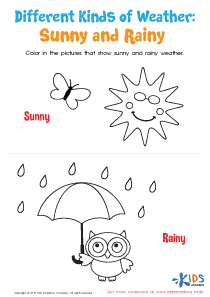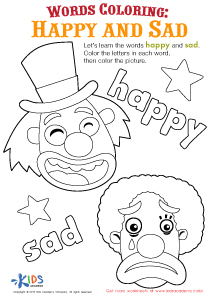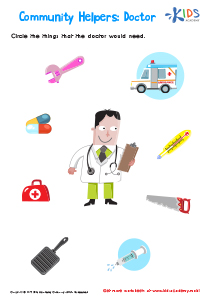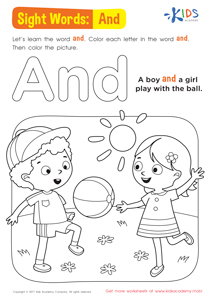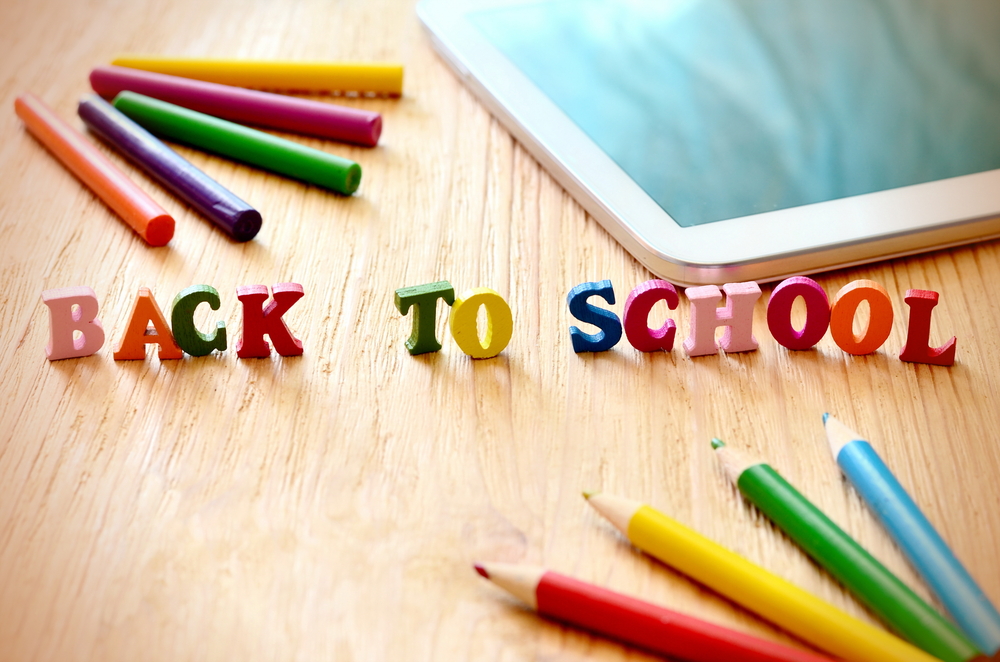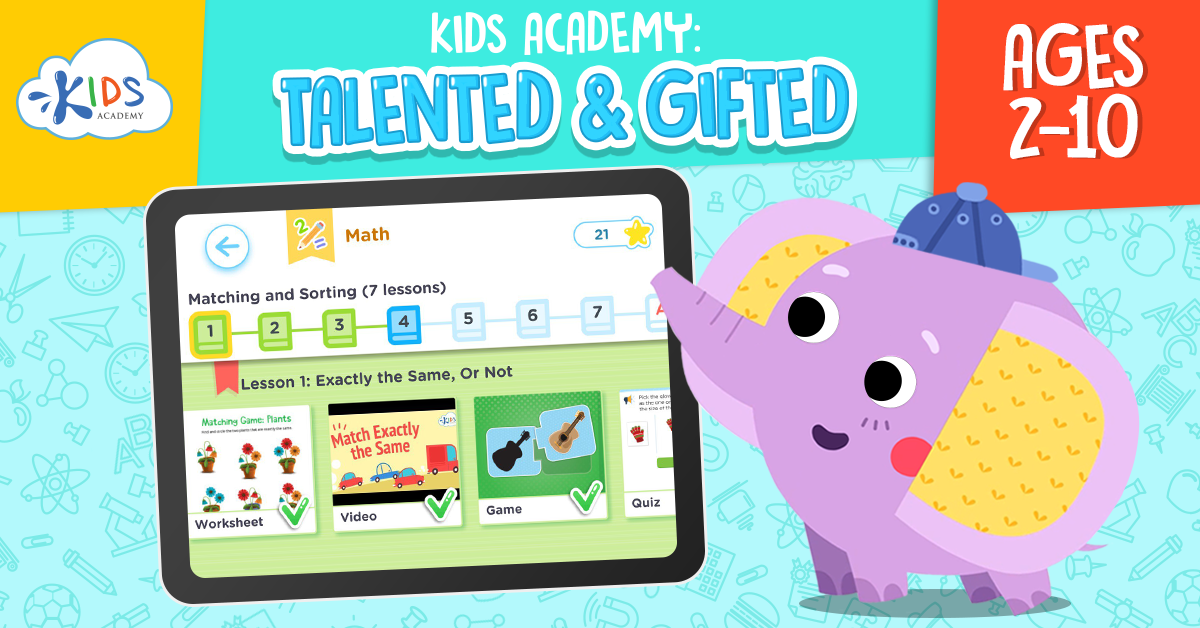Normal Letter Sound Relationships Quizzes for Ages 5-6
9 results
9 filtered results
Clear all filters9 filtered results
-
From - To
Dive into the delightful world of phonics with our Normal Letter Sound Relationships quizzes designed specifically for children ages 5-6. These interactive assessments are expertly crafted to check your child's understanding of the foundational concepts of letter-sound connections in a fun and engaging way. Each quiz offers immediate feedback, helping young learners to reinforce their knowledge and build confidence in their ability to recognize and apply letter sounds effectively. Perfect for early readers, our quizzes make learning a joyful adventure, setting the stage for a lifelong love of reading and language. Engage your child with our Normal Letter Sound Relationships quizzes today and watch them flourish!
In the foundational years of education, particularly for children ages 5-6, understanding the intricacies of language forms the bedrock of future academic success. It's during this critical period that students begin to grasp the basic components of reading and writing, with Normal Letter Sound Relationships being a pivotal area of focus. Our interactive quizzes on this subject matter play a vital role in enhancing children's learning experience, making the acquisition of these essential skills not only effective but also enjoyable.
The importance of Normal Letter Sound Relationships for ages 5-6 cannot be overstated. These relationships form the basis of phonics, a method of teaching reading and writing that emphasizes the connection between letters and the sounds they represent. This foundational knowledge is crucial for children as they embark on their reading journey, enabling them to decode words and build their vocabulary. However, mastering these relationships is no small feat for young learners, and this is where our interactive quizzes come into play.
Designed specifically with the developmental stage of 5-6-year-olds in mind, our quizzes offer a dynamic and engaging way for children to practice and reinforce their understanding of letter-sound connections. Unlike traditional methods of rote learning, these quizzes provide instant feedback, allowing students to recognize their mistakes and correct them in real time. This interactive approach not only enhances learning outcomes but also boosts children's confidence as they witness their progress firsthand.
Moreover, our quizzes are crafted to cater to the diverse learning styles of children. Whether a child is a visual, auditory, or kinesthetic learner, our platform offers a variety of question types and interactive elements that keep all students engaged and motivated. From drag-and-drop exercises that strengthen fine motor skills to auditory questions that improve listening abilities, each quiz is designed to address the multifaceted nature of learning Normal Letter Sound Relationships.
The benefits of incorporating our interactive quizzes into the educational routine of children ages 5-6 are manifold. Apart from solidifying their understanding of letter-sound connections, these quizzes also foster a love for learning. The gamified elements of the quizzes, such as earning points or unlocking levels, turn learning into an adventure, encouraging children to explore the world of letters and sounds with enthusiasm and curiosity.
Furthermore, our quizzes are an invaluable tool for parents and educators alike. They provide insight into each child's learning progress, highlighting strengths and areas for improvement. This real-time feedback enables adults to tailor instruction and support to meet the individual needs of each learner, ensuring that no child is left behind in their journey to literacy.
In conclusion, our interactive quizzes on Normal Letter Sound Relationships for ages 5-6 are more than just an educational resource; they are a gateway to literacy for young learners. By making the learning process interactive, engaging, and tailored to individual needs, we are not only helping children master the basics of reading and writing but also laying the groundwork for their lifelong learning journey.
